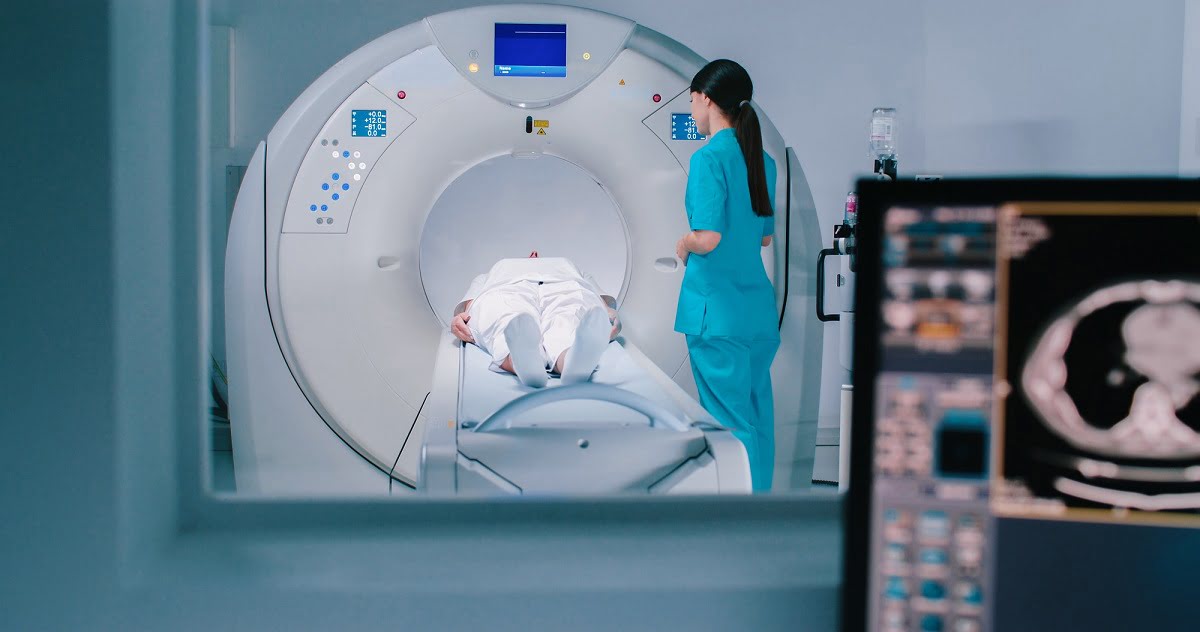Why is CT Arm Plain Important?
The CT arm plain scan is essential for diagnosing a range of musculoskeletal conditions, particularly when more detailed images than those provided by conventional X-rays are required. The scan helps doctors evaluate the bones, joints, and surrounding soft tissues of the arm, and is often used in the following contexts:
1. Bone Fractures and Injuries: CT scans of the arm are highly effective in detecting fractures, dislocations, and bone injuries that may not be clearly visible on standard X-rays. It helps in identifying complex fractures, especially in cases involving the elbow, wrist, or shoulder joints. This includes spiral fractures, comminuted fractures (multiple fragments), and fractures with misalignment or displacement.
2. Evaluation of Joint Issues: A CT arm plain scan can also be used to assess joint conditions such as arthritis, joint instability, or degeneration in the shoulder, elbow, or wrist. It provides a clearer view of the joint surfaces and helps detect conditions like osteoarthritis, rheumatoid arthritis, or joint deformities that might not be visible on X-rays.
3. Assessment of Soft Tissue Injuries: While CT scans are primarily focused on the bones, they can also provide valuable information about the surrounding soft tissues, such as muscles, tendons, and ligaments. A CT arm plain can reveal tears, strains, or other soft tissue injuries, especially in traumatic events like sports injuries or falls.
4. Tumor Detection: CT scans are useful in detecting abnormal growths or tumors in the arm. While most benign tumors may not require immediate intervention, malignant tumors (like bone cancers) require early detection for proper treatment planning. A CT arm plain scan can reveal the location, size, and type of the tumor, helping doctors determine if it is confined to the bone or if it has spread to nearby structures.
5. Bone Infections: Osteomyelitis, a bone infection that may arise from a fracture, surgery, or nearby soft tissue infection, can be identified using a CT arm plain scan. The images help detect changes in the bone structure or abnormal bone densities indicative of infection or inflammation.
6. Pre-Surgical Planning: For patients who are scheduled for surgery on the arm due to fractures, arthritis, or tumors, a CT arm plain scan provides detailed images that assist in planning the best approach for surgery, ensuring that the surgeon has accurate information about the bone structures and any surrounding tissues.
How is a CT Arm Plain Performed?
The procedure for CT arm plain is straightforward and typically follows these steps:
1. Preparation: No special preparation is usually required for a CT arm plain. The patient is typically asked to remove any clothing or jewelry that may contain metal, as metal can interfere with the imaging process.
2. Positioning: The patient is asked to lie on an examination table, and the arm is positioned inside the CT scanner. The arm may need to be placed in a specific position depending on which part of the arm is being examined (e.g., shoulder, elbow, wrist). The technologist may help adjust the position to ensure clear images.
3. Scanning: Once in position, the CT scanner takes a series of X-ray images from different angles as it rotates around the arm. The images are then processed by a computer to create detailed cross-sectional images (slices) of the arm. These images can be viewed on a computer screen in multiple planes to assess the bones, joints, and soft tissues.
4. Breathing and Holding Still: The patient may be asked to hold their breath briefly or remain still during the scan. Since the scan involves capturing several images in quick succession, remaining still is important for ensuring that the images are clear and not blurred due to movement.
5. Post-Scan: Once the scan is completed, the patient can typically go about their normal activities. There are generally no special post-procedure instructions, though the patient may be asked to drink fluids if contrast material was used in any part of the scan (though in a plain CT, contrast is not used).
Who Should Consider a CT Arm Plain?
A CT arm plain scan is recommended for individuals who are experiencing conditions or symptoms related to the arm's bones, joints, or soft tissues. This includes:
1. Trauma or Injury: Individuals who have experienced a traumatic injury to the arm, such as a fall, sports injury, or car accident, may need a CT arm scan to evaluate fractures, dislocations, or soft tissue damage.
2. Chronic Pain or Joint Issues: Patients who have persistent joint pain, swelling, or stiffness in the shoulder, elbow, or wrist that does not improve with conservative treatments may require a CT scan to assess for conditions like osteoarthritis, rheumatoid arthritis, or other degenerative joint diseases.
3. Unexplained Arm Symptoms: If a patient experiences unexplained symptoms such as persistent arm pain, numbness, tingling, or weakness that does not improve over time, a CT arm scan can help diagnose underlying issues with the bones or soft tissues.
4. Infection or Tumors: For individuals with suspected bone infection or tumors in the arm, a CT scan can help identify abnormal growths, infections, or other conditions that may not be visible on traditional X-rays.
5. Pre-Surgical Planning: Before undergoing surgery for fractures, joint replacement, or tumor removal, a CT arm plain scan can provide detailed images that help the surgical team plan the procedure.









